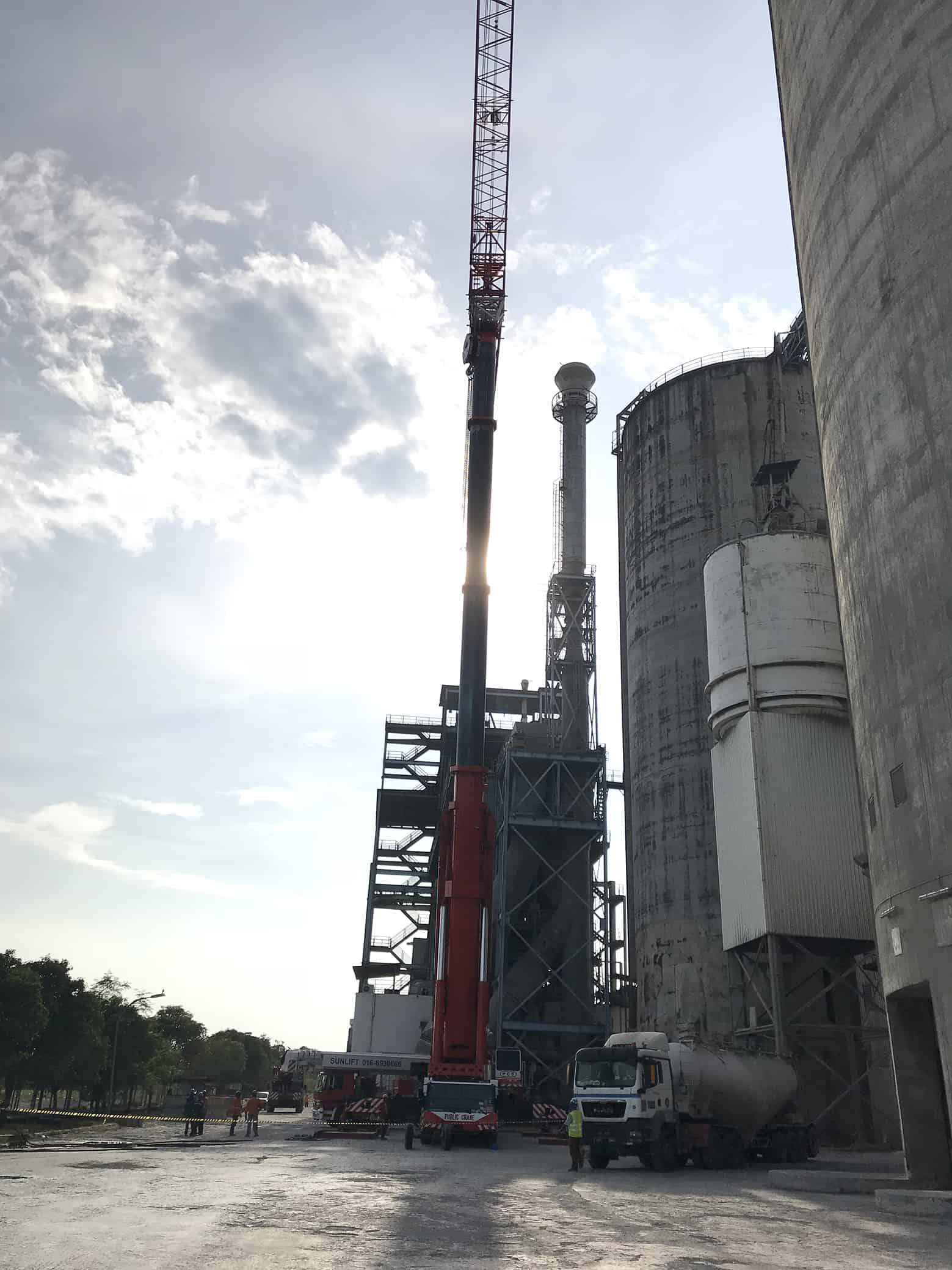

The implementation of the Multiple Polynomial Quadratic Sieve is based on code by Paul Zimmermann and Scott Contini, and it is described in the following articles.Īlford, W. It increases the efficiency of the method when one of the factors is of the form k m + 1. The pollard base method accepts an additional optional integer k : ifactor ( n, pollard, k ). If the 'easyfunc' option is chosen, the result of the ifactor call will be a product of the factors that were easy to compute, and one or more functions of the form _c_k ( m ) where the k is an integer which preserves the uniqueness of this composite, and m is the composite number itself. If the 'easy' option is chosen, the result of the ifactor call will be a product of the factors that were easy to compute, and one or more names of the form _c||m_k indicating an m -digit composite number that was not factored where the k is an integer which preserves (but does not imply) the uniqueness of this composite. which does no further work, and provides the computed factors. 'morrbril' and 'pollard' (default for Maple 11 and earlier) Shanks' undocumented square-free factorization Morrison and Brillhart's continued fraction method

Multiple Polynomial Quadratic Sieve method By default, a mixed method that primarily uses the multiple polynomial quadratic sieve method ( 'mpqsmixed' ) is used as the base method. If a second parameter is specified, the named method will be used when the front-end code fails to achieve the factorization. The expand function may be applied to cause the factors to be multiplied together again. , e m are their multiplicities (negative in the case of the denominator of a rational). , f m are the distinct prime factors of n, and e 1. Ifactor returns the complete integer factorization of n. (optional) additional arguments specific to base method (optional) name of base method for factoring


 0 kommentar(er)
0 kommentar(er)
